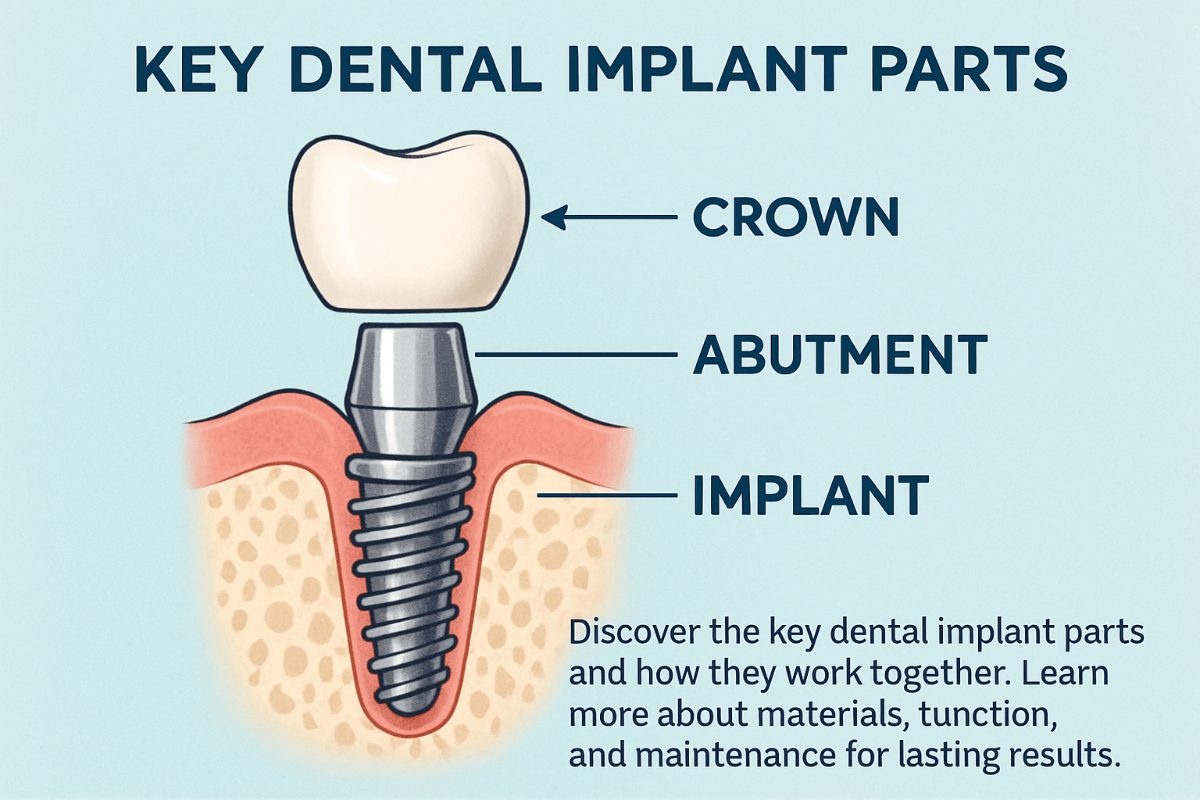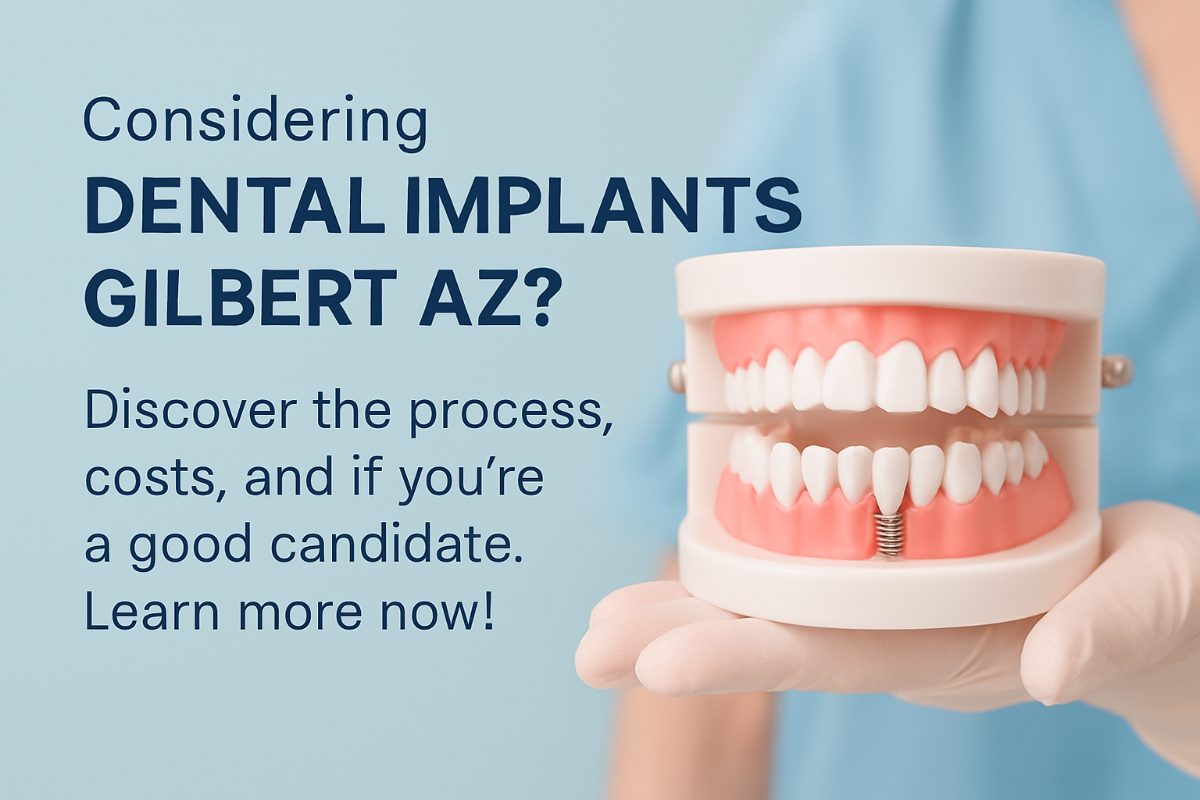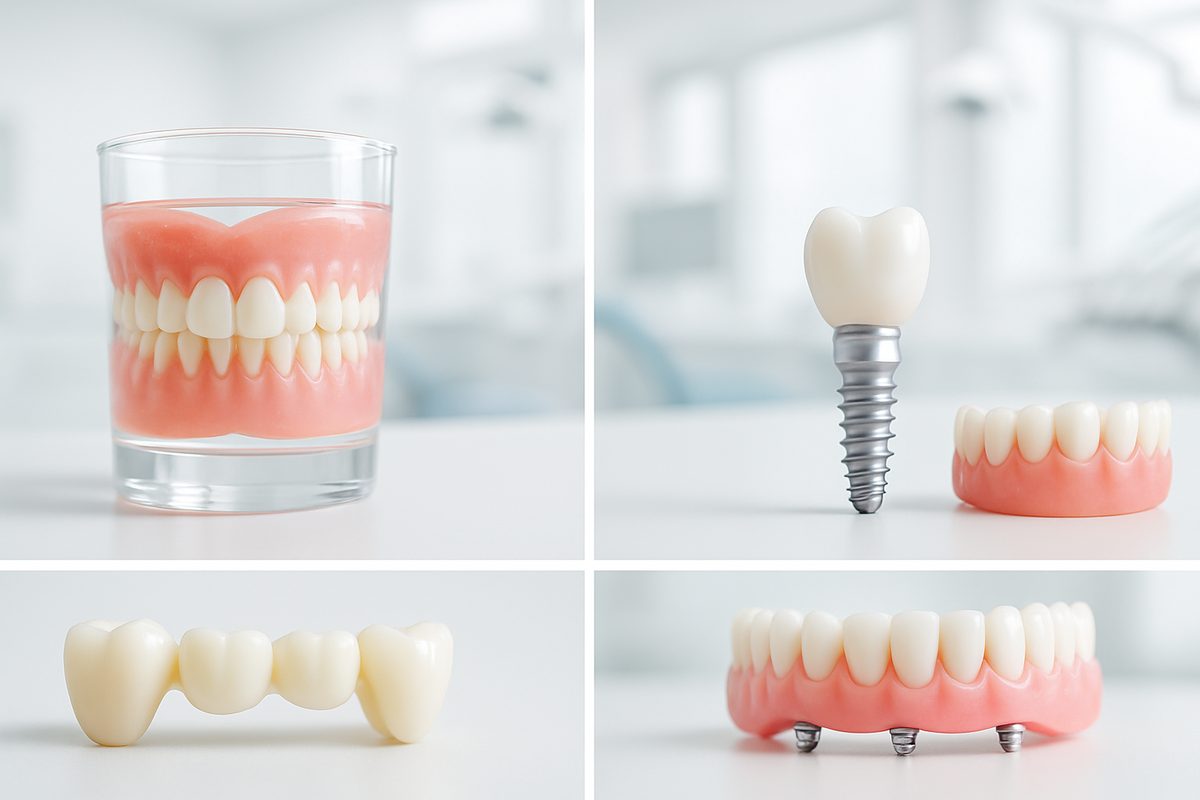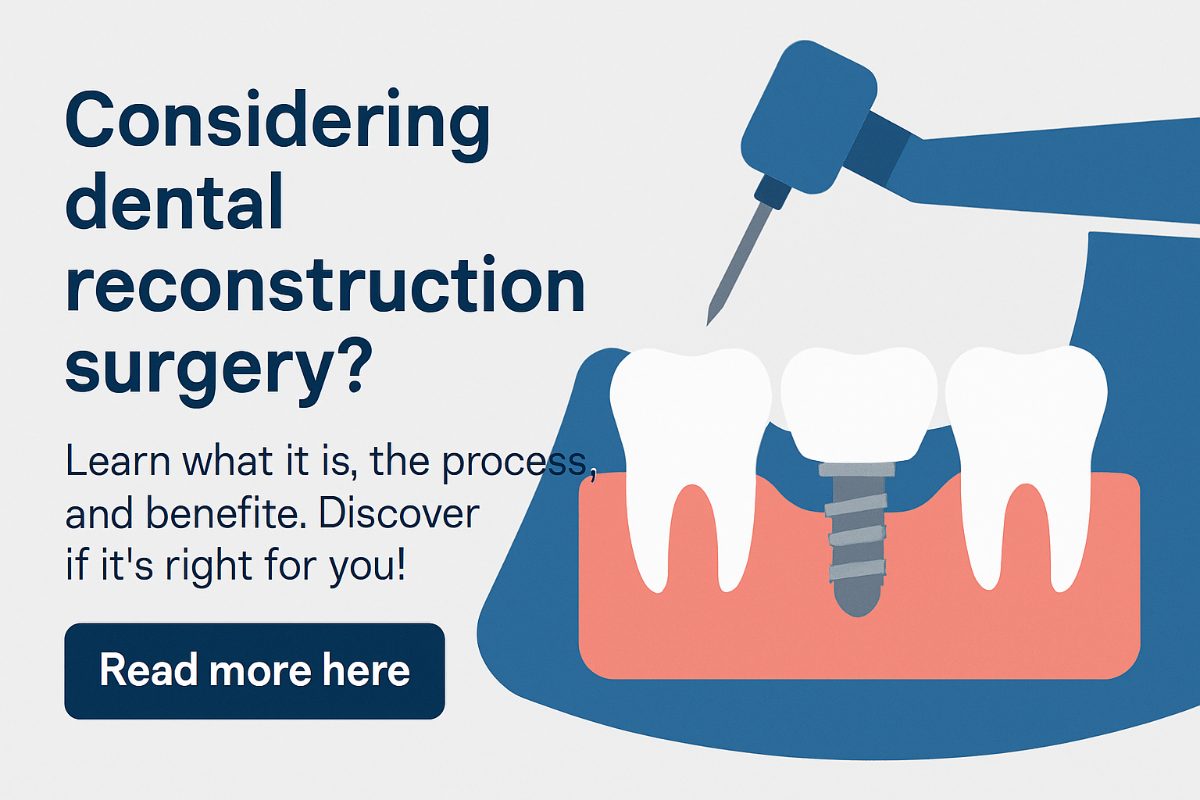Our Dental Blogs - Mesa, AZ
Tips, Facts, And The
Latest In Dentistry

Everything You Need To Know About The Dental Implant Process
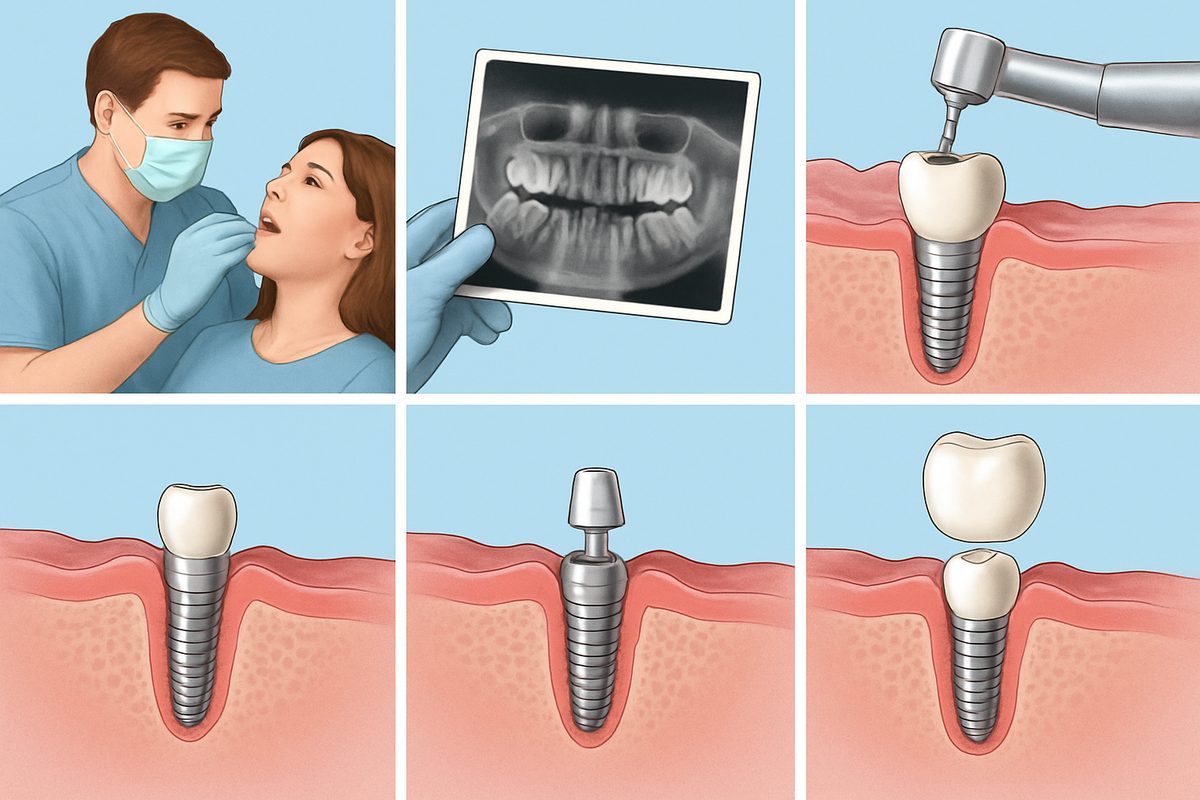
This post explains the dental implant process and the typical timeline so you know what to expect. You’ll learn each treatment step, who makes a good candidate, common risks, and how modern tools speed care. Understanding the stages of the dental implant process in Mesa, AZ helps you get a safer, more predictable outcome and plan for recovery and cost.
What is the dental implant process?
The dental implant process replaces missing teeth using a titanium implant, an abutment, and a crown or prosthesis. The implant is the metal post placed in bone, the abutment connects the implant to the visible tooth, and the crown (or bridge/denture) is the final tooth replacement. Implants can replace one tooth, several teeth, or support a full-arch restoration.
Who is a good candidate for implants?
Good candidates are generally healthy adults with enough jawbone to support an implant. Key factors include overall medical health, oral hygiene, bone volume, and lifestyle choices like smoking. Certain conditions—uncontrolled diabetes, heavy smoking, or recent radiation—can raise risks and may require medical clearance or extra planning.
Step-by-step: The dental implant process
1) Initial consultation and exam
Your first visit covers medical history, oral exam, goals, and options. You’ll discuss single-tooth versus full-arch choices and cost estimates. This is when questions about sedation, timing, and expected results are answered.
2) Imaging and digital planning
3D scans and digital impressions map your bone, nerves, and sinus. Digital planning helps choose implant size and position to avoid complications and improve final esthetics.
3) Preparatory procedures (if needed)
Some patients need extra work first: tooth extractions, bone grafts, or sinus lifts. These procedures add healing time but help secure long-term success.
4) Implant placement surgery
Surgery is done with local anesthesia and optional sedation. The titanium implant is placed into the jaw, often using a guided surgical guide for accuracy. Most patients leave the office the same day.
5) Healing and osseointegration
Bone fuses to the implant (osseointegration). This usually takes 3–6 months. You may have a temporary tooth while the implant heals. Expect mild swelling and simple pain control steps.
6) Abutment and impression or digital scan
After healing, the abutment is attached and a digital or physical impression is taken to design the final restoration for proper fit and bite.
7) Delivery of the final prosthesis
The lab or in-house team fits your crown, bridge, or denture. The dentist checks fit, bite, and appearance, then makes any final adjustments.
8) Ongoing maintenance
Daily brushing and flossing plus regular dental cleanings keep implants healthy. Routine check-ups let your dentist catch problems early.
How long does the dental implant process take?
Single-tooth cases often take 3–6 months. Full-arch treatments can vary from a few months to a year, depending on grafting, healing, and whether immediate-load options are used. Technology and same-day provisionals can shorten the timeline.
Risks, success rates, and recovery tips
Complications are uncommon but include infection, nerve irritation, or implant failure. Success rates are high—typically over 95% in healthy patients. To reduce risk: follow post-op instructions, avoid smoking, and manage chronic conditions. For recovery: rest, soft foods, ice for swelling, and take prescribed meds as directed.
How modern technology improves the dental implant process
3D imaging, guided surgery, digital planning, and in-house labs improve accuracy and speed. Same-day provisionals and digital smile simulation help you see results early and shorten treatment time.
Why choose a specialized implant center for your dental implant process
A focused implant center offers continuity of care, in-house labs, transparent pricing, and sedation options that make the dental implant process in Mesa, AZ smoother and more predictable.
About Dr. Alyssa Mencini and Restore Denture and Implant Center
Dr. Alyssa Mencini, DMD, has extensive training and completes hundreds of full-mouth implant and denture cases each year. At Restore Denture and Implant Center in Mesa, AZ, the team uses onsite CBCT/BCT imaging, an in-house lab, 3D printing, and digital smile simulation to streamline care and improve outcomes.
Next steps / Call to action
To schedule a consultation, call the office or book online. Bring a list of medications, dental records, and photos if possible. Ask about personalized treatment plans, timelines for the dental implant process in Mesa, AZ, and financing options to find a plan that fits your needs.

